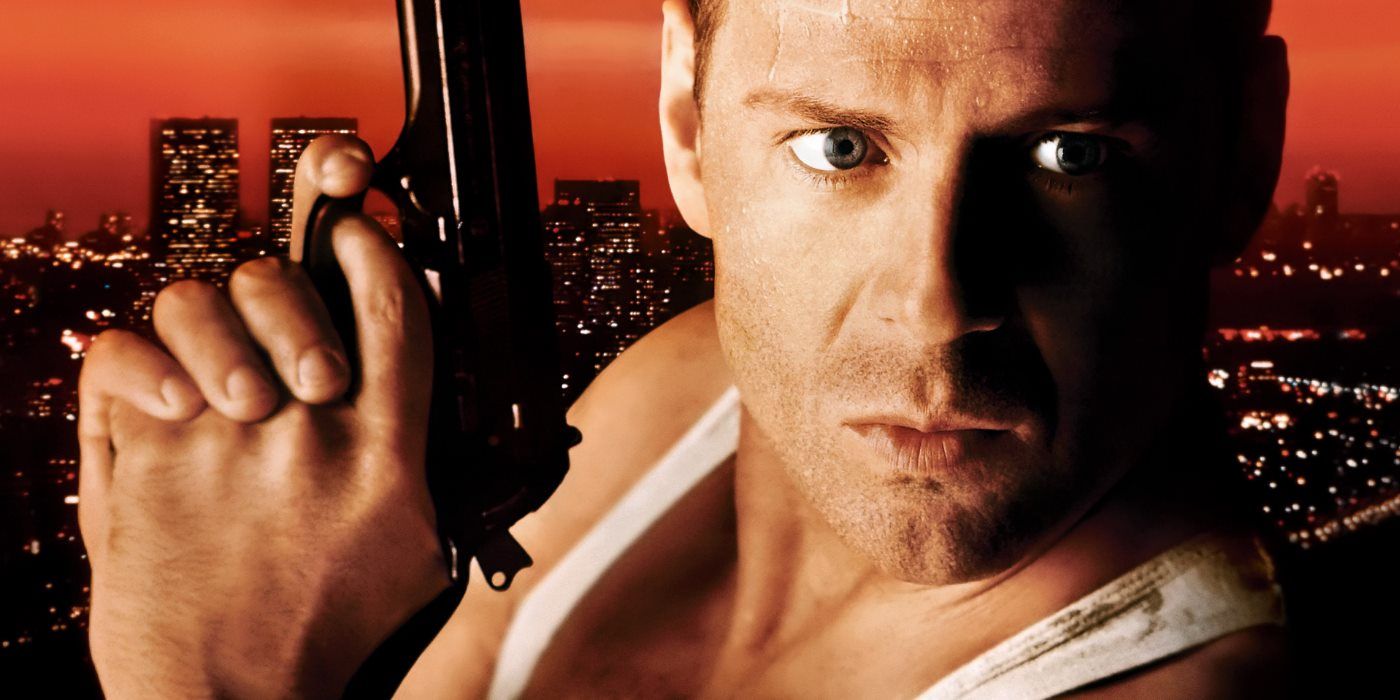First things first, let's get this out of the way: Die Hard is a Christmas movie. The film's writer, Steven E. de Souza, settled any debate about that fact this year via Twitter, thus cementing Bruce Willis' John McClane right up there with other Christmas icons like Santa Claus, Rudolph the Red-Nosed Reindeer and Frosty the Snowman.
RELATED: There Is Now A Die Hard Christmas Storybook
As those of us who grew up in the '80s know, Willis' star-making holiday classic was butchered by 20th Century Fox when it first arrived on home video. In those days, people simply didn't own widescreen television sets, thus pan and scan was a popular (with movie studios, at least) method of adapting the films to the more square-shaped screen. The adjustment would literally trim off the sides of a film in order to make it fit within television's standard 4:3 ratio, resulting in unnatural camera shifts in order to focus on the scene's "most important" parts.
In the case of Die Hard, the pan and scan technique was particularly damaging. The film was shot in a 2:35: ratio, meaning even today's HD televisions need to letterbox it in order to preserve the entire film. Pan and scan cut off nearly half the screen. This was a particular problem for Die Hard, which saw director John McTiernan use every inch of the screen to tell his tale. Thus, the narrative of the film was often undercut on home video by missing pieces of the story. Further, the actors were often squashed and distorted in an attempt to squeeze more of the photography into the 4:3 format.
It's at this point where current Batman writer Tom King's mother factors into the story.
"My mother was an exec at Fox when it came out," King tweeted this past Christmas Eve "She actually worked in "Nakotomi plaza" (Fox plaza) at the time. Grew up visiting her in that building, happily hoping to be shot at.
"My mom was in the home video department at Fox," King continued. When Die Hard came out on VHS, it was horribly distorted by pan and scan. I remember her working to get the widescreen bars added, which was considered crazy at the time. It was a big fight."
A fight worth having, many Die Hard fans would agree. Not only did the addition of widescreen bars basically save the film from being a mangled shadow of its theatrical self, the success of the widescreen release (along with Predator and a few others) proved to studios that there was a market for home releases that recreated the movie theater viewing experience as closely as possible.

